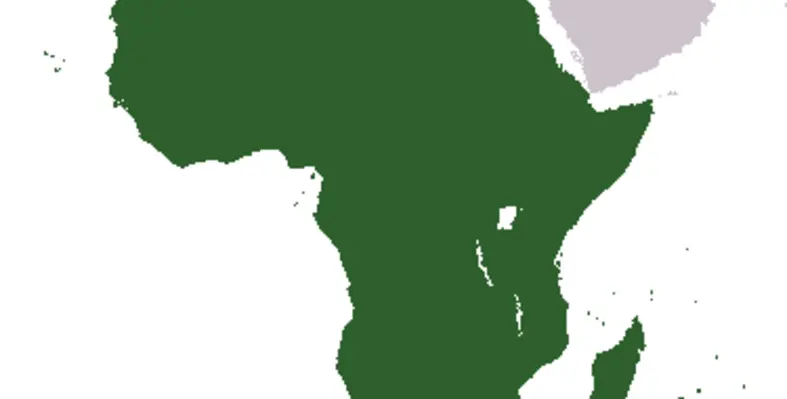The US$2 trillion-plus sub-Saharan Africa (SSA) economy, home to a growing urban middle-class population and vast untapped markets continues to strengthen from low point in 2016, thanks to domestic policy adjustments and improved global economic activity
Growth is projected to increase from 2.7 per cent in 2017 to 3.1 per cent in 2018 (IMF data), exceeding growth outcomes in the Middle East but lower than in emerging Asia. There remains a noticeable disparity in growth performances across sub-regions, with consistent solid growth attained in east Africa, which attracts significant investor interest.
Energy-exporters have experienced a growth revival, but still below levels of pre-2014/15 oil price slumps. In Nigeria, the non-oil industrial sector is constrained by sluggish private demand, while recent reforms in Angola bode well for non-oil activity. However, the positive effects of high oil prices were offset by lower crude output in both countries due to capacity constraints. By contrast, growth during 2018 was buoyant among non-resource rich countries led by Ethiopia, Côte d’Ivoire and Kenya, due to better agricultural conditions, increased consumer spending and public investment coupled with abating inflation.
In South Africa, contractions in agriculture, mining and construction as well as uncertainties over 2019 national elections and lower government spending are preventing sustained robust growth for combating high jobless and boost critical investments, notably in the energy sector and social housing.

Continuous sluggish activity in SSA’s two biggest markets (Nigeria and SA) impacts neighbouring countries through remittances, import demand and financial sector. According to the IMF, spillovers to Benin and Niger’s growth from non-oil activity in Nigeria are estimated at 0.5 and 0.3 percentage points, respectively. Similarly, workers’ remittances to Lesotho and Swaziland depend heavily on SA. Nonetheless, the rest of SSA has grown at 5.3 per cent on average in 2010-17 (IMF data), but with wider heterogeneity across countries. Hence, there are plenty opportunities for dedicated investors in frontier markets.
The regional business climate is improving, with 40 African countries implementing a total of 107 reforms in the past year, up 24 on previous year, according to World Bank 2019 ‘Doing Business’ report. SSA is home to five of 2018’s top 10 improvers – Côte d’Ivoire, Djibouti, Kenya, Rwanda and Togo. Strengthening governance, fighting corruption and tackling obstacles such as inadequate electricity and financial services will support further business growth.
Overall, growth prospects for the SSA region are favourable, although greater economic diversification would strengthen resilence to commodity price shocks.
In 2019, 18 out of 45 SSA countries (two-fifths) are predicted by the IMF to grow briskly at 6 per cent or higher compared to 10 in 2016 – well above the global trend. Large SSA cities remain ‘consumer hubs’ where per capita consumption is more than double the national average, according to the Mckinsey Global Institute.
Sub-Saharan Africa macro-economic indicators (per cent)
| Projections | ||||
| 2016 | 2017 | 2018 | 2019 | |
| Real GDP Growth ( per cent ) | 1.4 | 2.7 | 3.1 | 3.8 |
| Nigeria | -1.6 | 0.8 | 1.9 | 2.3 |
| South Africa | 0.6 | 1.3 | 0.8 | 1.4 |
| Angola | -2.6 | -2.5 | -0.1 | 3.1 |
| Inflation, annual ( per cent change | 11.2 | 11.0 | 8.6 | 8.5 |
| Fiscal Balance* include grants | -4.5 | -4.8 | -4.2 | -3.9 |
| Government debt* | 43.8 | 45.4 | 48.5 | 48.2 |
| External official debt* | 20.6 | 22.2 | 23.0 | 23.1 |
| Foreign reserves** | 5.2 | 4.9 | 4.9 | 4.8 |
| External current account* | -3.9 | -2.3 | -2.8 | -3.4 |
| Crude oil (US$/oz) | 43 | 53 | 72 | 74 |
| Gold (US$/oz) | 1,249 | 1,258 | 1,259 | 1,245 |
* Per cent of GDP
**Month of imports of goods and services
by Moin Siddiqi, economist
*The full report on Regional 2019 Outlook will be published in African Review Dec-Jan 2019.





